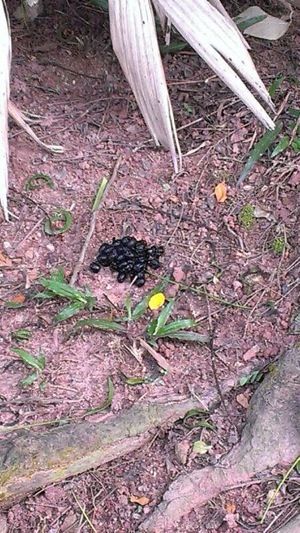(Image from NUS Toddycats.)
The Biodiversity of Singapore Symposium is held once every four years. This coming Saturday on the 1st of August, the event organized by the NUS Toddycats will be asking and answering some of the questions that we may have about Singapore’s ever-changing landscape and how it will affect the interactions between human, environment, and the animals that live within it. Centralized on the theme “What’s Next?”, the symposium also provides a glimpse into ongoing and future conservation efforts, in hopes of encouraging youth to play a part in protecting Singapore’s existing ecosystems.
Xu Weiting, who conducted research on the human-civet conflict in Singapore back in 2009, will also be presenting a discussion on the closure of Bukit Timah Nature Reserve. Titled “Communicating the closure of Bukit Timah Nature Reserve – mechanisms, reactions & implications”, the presentation is part of the symposium’s sharing on eco-literacy and neglected approaches.
We are definitely looking forward to hearing from all the speakers. It’s a great opportunity to learn about these exciting developments all in one day! For the full programme list, visit https://biodiversitysg4.wordpress.com/.
Click here to register for BOSS IV now!





